Gen Set Preservation

Out in the field, it’s normal to be a little power hungry. Horsepower, voltage, watts — these are things you need to mobilize your landscape and construction operations to achieve success. When it comes to commercial contracting power, generators are one of the most popular sources for professionals who need to power hand tools, heaters, lights, work shacks, refrigerators, security systems and (of course) project headquarters.
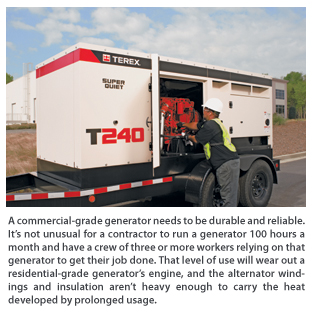 Attaining that sort of reliable power is just as important as maintaining it each and every week on various jobsites, in unique applications and with a variety of loads. While generators might not have the complexity of moving parts and systems that a skid steer or mini excavator has, it still takes the same amount of mechanical diligence to own and operate a commercial power source like a gen set.
Attaining that sort of reliable power is just as important as maintaining it each and every week on various jobsites, in unique applications and with a variety of loads. While generators might not have the complexity of moving parts and systems that a skid steer or mini excavator has, it still takes the same amount of mechanical diligence to own and operate a commercial power source like a gen set.
“A well-maintained generator can run from 15,000 to 20,000 hours as long as a maintenance schedule is followed,” says Dan Thomsen, regional manager for generators with Doosan Infracore Portable Power. “Making sure it runs at its optimum capacity and keeping the generator well maintained are the keys to prolonging the life of a generator.”
Generators are typically broken down by type and task, but most maintenance tips can be applied across the board. Categories include portables generators, which are small and can be carried by one or two people and purchased at an outdoor power equipment dealer or home improvement store (3 to 15 kilowatts — kW). Standbys sit in one place and give hospitals or manufacturing facilities electrical power when they need it most (15 kW to the big megawatt range). There are consumer grade gen sets that are used as home backup systems (7 to 25 kW). But the generators we’ll focus on in this article are called mobile generators (15 to 100 kW), which typically come with trailers, diesel engines and are popular with commercial contractors and rental companies.
Popular manufacturers of mobile commercial generators include Atlas Copco, Terex, Doosan Infracore Portable Power (the manufacturer of Ingersoll Rand branded generators) and Wacker Neuson. We talked to all four of these manufacturers for this article, and the biggest maintenance pointer noted seemed to be right sizing your generator for the application and load.
“Generators work better at 50 to 60 percent or greater of rated load capacity. Over-sizing the generator isn’t good for the generator. Under-sizing isn’t good for the customer,” says Chuck Westhofen, product manager for compressors and generators at Atlas Copco. “This is a typical situation: The generator user determines that he needs 20 kW for his application. He requests 30 kW to make sure he has enough power. The purchasing manager orders 50 kW from the rental company, just in case. The generator rental company supplies a 75- or 100-kW generator because they’re out of 50s. Now the customer has a 100-kW generator when he only needed 20. This isn’t good for the generator and can cause wet-stacking issues. Properly size the generator for the application required.”
Planning Power Operations
While there is little technically different between the homeowner type and a commercial grade generator, generators of each category have different power ratings measured in kW and are built for specific applications and specific hours of usage. Commercial sets are stouter units, usually built with the latest professional features, a heavier frame (thicker tubing), auto-idle, long-run-time fuel tank and commercial grade engine.
Features aside, the keys to selecting the right size commercial generator usually involve three factors: 1) type of load; 2) total watts to be connected; and 3) power of the generator. First off, there are two types of electrical loads: resistance loads and induction loads. Electric lights and heating units are examples of resistance loads. Most construction equipment requiring generator power has induction loads (electric motors). There are two types of induction load motors — universal and capacitor. Universal motors (which use brushes) power hand drills, saws and concrete flex shaft vibrator motors. Capacitor motors power pumps, air compressors and table saws. When sizing a generator to these motors, the main difference is that the capacitor motors need about 1/3 more starting current than universal motors.
The basic guide is if the generator has enough power to start up the load, it will have enough power to continually run it. However, too small of a load can also damage the engine in what is called wet-stacking. Wet-stacking can occur when the generator is oversized; that is, its rated capacity is much greater than the load it is running. If the generator is running less than a minimum of 70 percent of its load capacity, then wet-stacking can happen.
“Wet-stacking is a common problem when diesel engines are operated at light or no loads [less than 50 percent] for extended periods,” says Marc Leupi, product manager of utility equipment at Wacker Neuson Corp. “The result is the engine operates below optimum temperature for proper combustion of fuel, leaving unburnt fuel in the form of glazing on cylinder walls, valve stems, fuel injectors and the exhaust system, including turbochargers, and that reduces the operating performance. Wet-stacking does not usually cause any permanent damage but can significantly reduce engine operating performance.”
Normally, “load banking” (applying a heavy load to the generator) will raise internal combustion temps sufficiently to burn off the excess fuel that has accumulated in the system. Depending on the degree of wet-stacking, it may take up to several hours of load banking to burn off the accumulated unburned fuel. To avoid such situations, right size the generator for the job. So once you determine load, the next step is to find the total watts of the load to be connected. The most accurate method to determine wattage is to check the nameplate on the machine. However, if this information is not available, wattage can be figured by multiplying amps x volts = watts.
Leupi notes: Load requirements for electric motors differ, but all motors require more power to start than run. Capacitor motors require up to six times more starting power for longer periods of time. Universal motors draw one and a half to two times the running current for shorter periods of time.
The Power of PM
When it comes to scheduled preventive maintenance, follow the owner’s manual. Basic maintenance of a generator should include daily checks of the unit. Every day, you need to check that the load is consistent with the voltage of the generator and that the generator is running at its premium. Also check the oil and radiator levels and inspect the wiring and cables.
“Performing scheduled maintenance is critical to the life of a generator — oil and oil filters and air and fuel filters must be changed at the recommended intervals,” says David Spears, product manager of power products at Terex AWP. “Anything that increases the temperature of a generator above rating will decrease the life of a generator. Running the generator above rated loads and running unbalanced loads can increase heat loading and cause premature failure.”
Key to the temperature, power and longevity of your gen set is the heart of your unit, which is the diesel engine. These experts recommend that the engine manufacturer’s maintenance schedule be followed, including filters, engine oil and belts being checked regularly (typically every 250 to 500 hours for units used in excessively dirty environments). A yearly load banking test (mentioned above) is also recommended. A load bank is a separate device that is hooked up to the generator and provides a variable load for the generator to power. A load bank test should verify how much power the generator is providing. It also cleans any wet-stacking that may occur.
“Load banks are simple to set up, normally have some kind of metering device to dial in the size load and require only basic operational instruction,” says Leupi. “During operation, load banks generate significant heat and must be properly ventilated for proper operation. The frequency of loading banking depends on the application and amount of time a generator is operating below 50 percent of its rated output. The purpose of the load bank is to put a heavy load on the generator in order to raise internal combustion temperatures so that unburnt fuel and byproducts of incomplete combustion are burned out of the engine and exhaust system.”
Power must also be maintained at the battery level. Because many battery problems are caused by dirty and loose connections, maintenance is critical. This will depend on the service intervals performed on the generator and, of course, checking the battery voltage from time to time. Thomsen recommends cable connections need to be regularly cleaned and tightened. Battery charger failures are difficult to prevent and cannot be accurately predicted, he says. If the generator does not have a battery disconnect switch, you should start the unit from time to time or install a battery charge in the generator.
“The engine controller or digital control panel will have a parasitic drain on a battery,” says Thomsen. “Additional cranking of a unit will utilize the battery capacity, and running will charge the battery. If the unit is being cranked and not starting, this will deplete the battery. There may be various reasons the unit will not start, such as low or no fuel, or an engine fault that has not been addressed.”
Beyond batteries, commercial mobile generators have three main filters — air, oil and water separation. The air filter keeps contamination and dust from getting into the engine’s air intake. The oil filters are used to keep contaminants out of the engine. The water separation filter is used to keep water out of the diesel fuel. The engine oil is used to keep the engine components well lubricated, and the belts are used to connect the pulleys on the engine so they all move in unison. Spears recommends: “Under normal operating conditions, the air filter can be replaced every year, the other filters and fluids every 400 hours and the belts every 600 hours.”
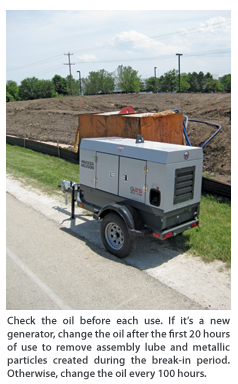
If working temperatures are consistently sub-zero, the buyer may want to consider a cold weather package. In extreme cold, a diesel engine can’t get to temperature on its own. Wet-stacking is increased in cold work environments as well, and other factors such as oil viscosity and battery draw should garner extra attention in winter work.
“In severe cold, cold weather options like battery blankets and block heaters should be considered,” says Leupi. “Wacker Neuson offers a full line of cold weather options that can be order from the factory ala carte or as a complete package. Our cold weather package includes a temperature actuated shutter system that ensures the engine compartment can come fully up to temperature before outside cooling air is drawn into the engine compartment. This cold weather package is very popular in northern climates where temperatures can get below -40 Fahrenheit although we recommend this package to any customer who plans on using the generator where winter ambient temperatures routinely dip below -10.”
For maintenance, beyond standard engine maintenance (changing the oil and filters per the manufacturer’s recommendations), the best maintenance a customer can do is to run the generator under proper load. This lubricates the engine and cleans any wet-stacking that occurred during no load running. Follow the manufacturer’s maintenance schedule while right sizing the generator for the application.
This type of PM is especially important in rental applications; manufacturers noted 80 percent of mobile commercial gen sets go into rental markets. Most rental grade generators have built in shutdown protection against overloading but repeated overloading can result in long term damage. Under-loading for long periods of time is a far more common problem but load banking will remedy related performance issues in almost all cases. Both over- and under-loading problems can normally be avoided upfront with proper generator sizing. This is one of the most important services a rental company can provide, saving their customer aggravation and extra fuel expense while also protecting the rental company’s investment.
No matter the market, all generators will experience normal wear and tear (items such as air filters, oil filters, oil and belts), so the best recommendation for gen set longevity is proper usage and timely maintenance.
“Companies must understand what it takes to both properly operate and maintain their power equipment,” says Thomsen “A lack of generator maintenance or operation knowledge will undoubtedly result in generator failure at a time when they need it most.”
Keith Gribbins is managing editor of Compact Equipment, based in Peninsula, Ohio.
Resistive Load Bank Testing
Dan Thomsen, Regional Manager for Generators, Doosan Infracore Portable Power
A resistive load bank is the most common type of load bank testing of a generator. This load bank system will provide a test of the rated kW, but will not test the generator system for full kVA at the rated power factor. Testing the generator at the rated kW will test the engine cooling system, the fuel system and the exhaust system. The test will depend on the last application and should be performed after every use. Run the generator on the load bank from two to eight hours of continuous operation under conditions of randomly applied loads at 10 to 100 percent of rated capacity.
Document the results of testing, including frequency and voltage regulation at 25, 50, 75 and 100 percent of the rated load. This will ensure your unit is running at peak performance. In addition to the above, if your provisions call for a test under rated power factor conditions, a resistive and a reactive load bank will need to be used. The reactive portion of the load bank test will simulate inductive loads typically found in commercial construction.
Generators are typically specified with a kW rating and an associated power factor. Together, these values indicate the maximum kW (real power) and kVA (apparent power) that the generator will produce. Mathematically, power factor (PF) is the ratio between kW and kVA (PF = kW / kVA). It is a measure of how efficiently the current is being converted into useful work. At low power factors, more current will be required to provide the same amount of power.
Evaluating Used Gen Sets
Five Tips for Inspecting and Buying a Pre-Owned Generator
1. Check the engine hours. Inspect for excessive engine wear; look for smoke during operation, fluid leaks, etc. Inspect the engine for wear and check engine belts for wear, cracking, splitting or looseness. Ask to see a recent load bank report and then verify that the generator can still provide the power it was designed for. Check how the engine starts and runs with and without a load.
2. Ask to see the service records. Make sure the manufacturer’s recommendations have been followed. Check for corrosion on the body, control panel or electrical connections. Look for loose electrical connections behind the control panel or to the generator, especially where there is any sign of arcing.
3. Check the fuel and cooling systems. On the fuel system, check to see if there are wet spots appearing around the fittings and filter. Check the last time the fuel filter was changed and if the fuel tank has ever been cleaned. On the cooling system, examine hoses and the water pump for signs of wear, bulges, cracking and leaks. Also check the hose clamps for tightness.
4. Inspect the battery and charging systems. The charging gauge (or indicator light) should read OK and check the battery charger (if the unit is equipped with one).
5. Watch out for military surplus generators. Most of them are specially built for the military and have proprietary parts that can’t be purchased anywhere. They may seem like a great deal, but you’ll spend a lot of money adapting them to your application.

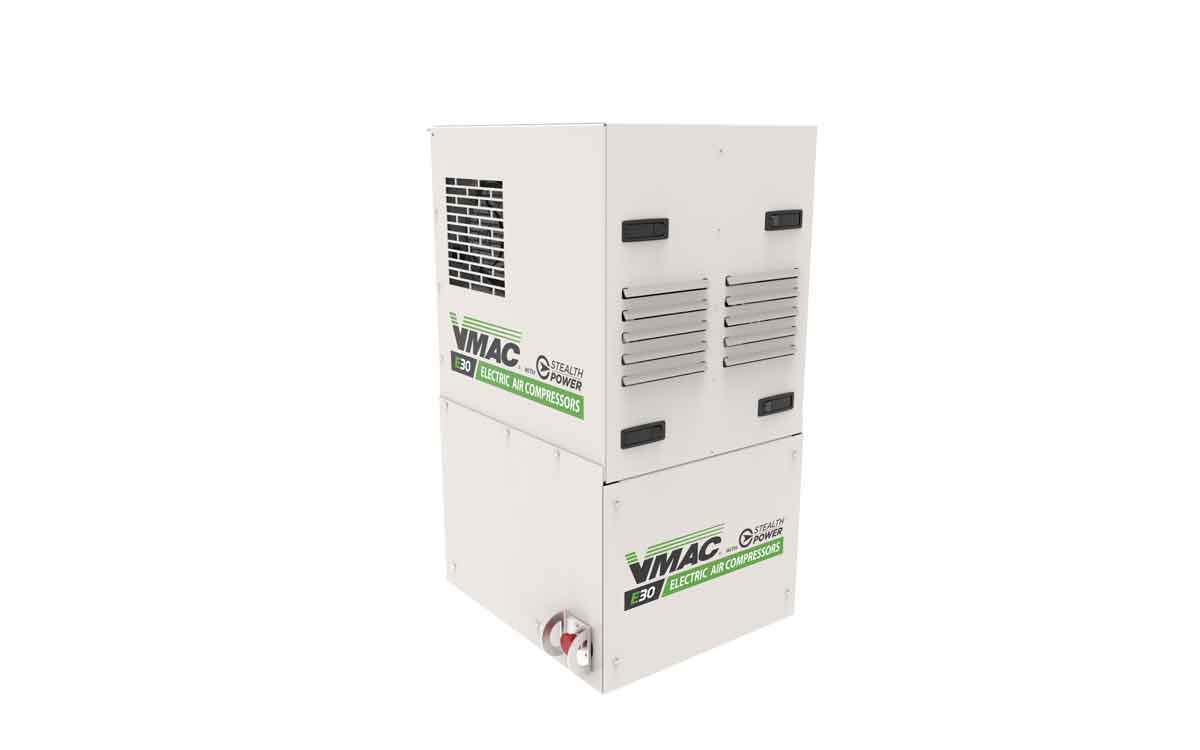
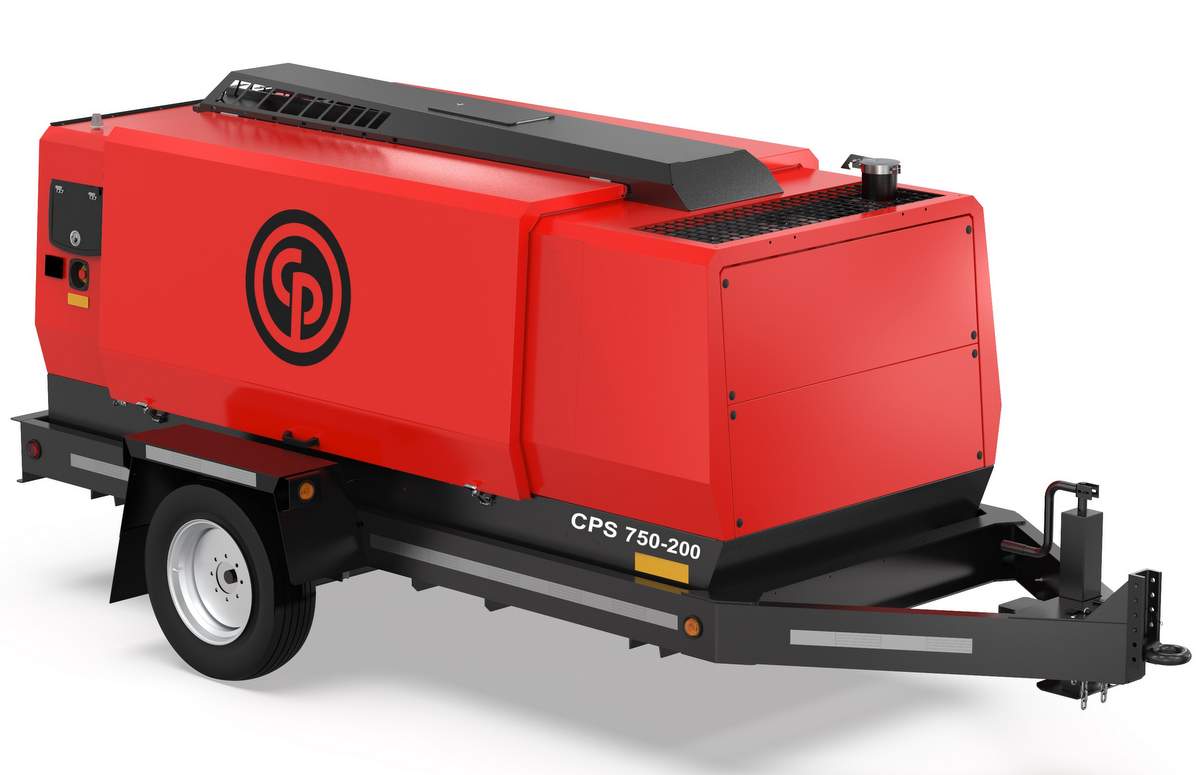

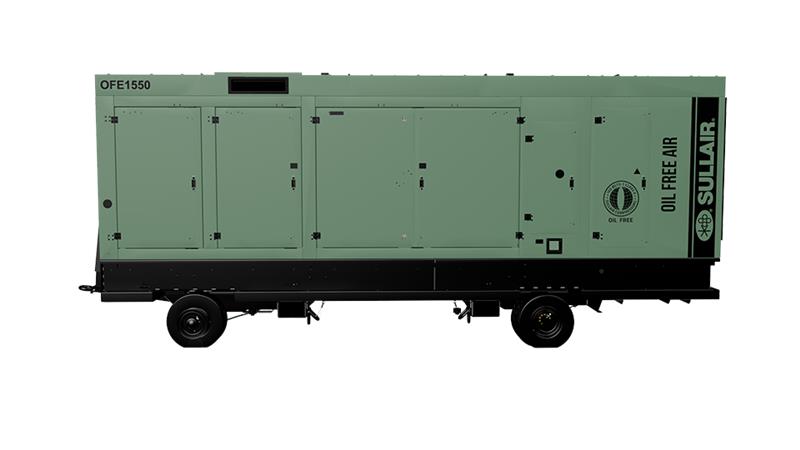
Comments are closed here.